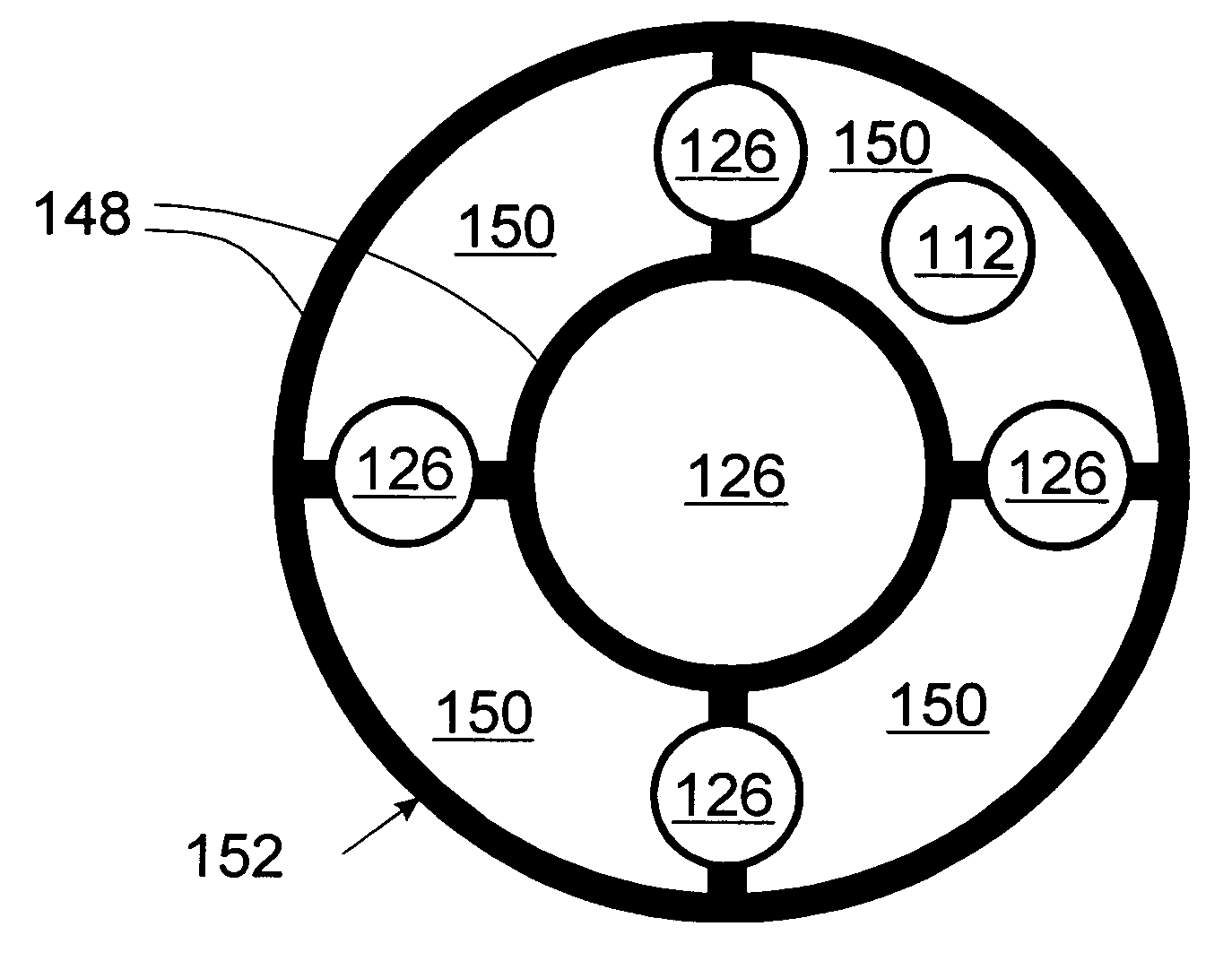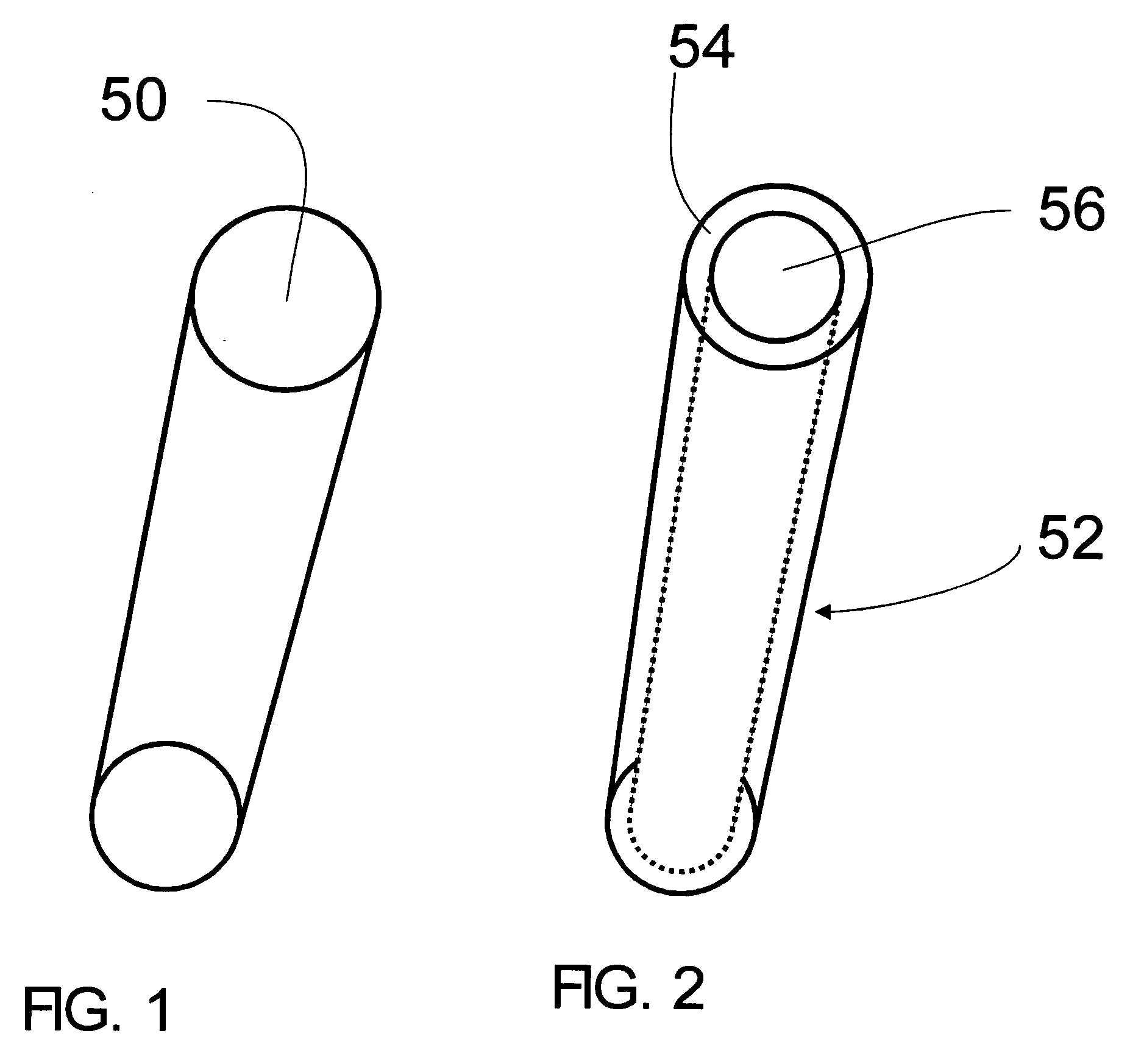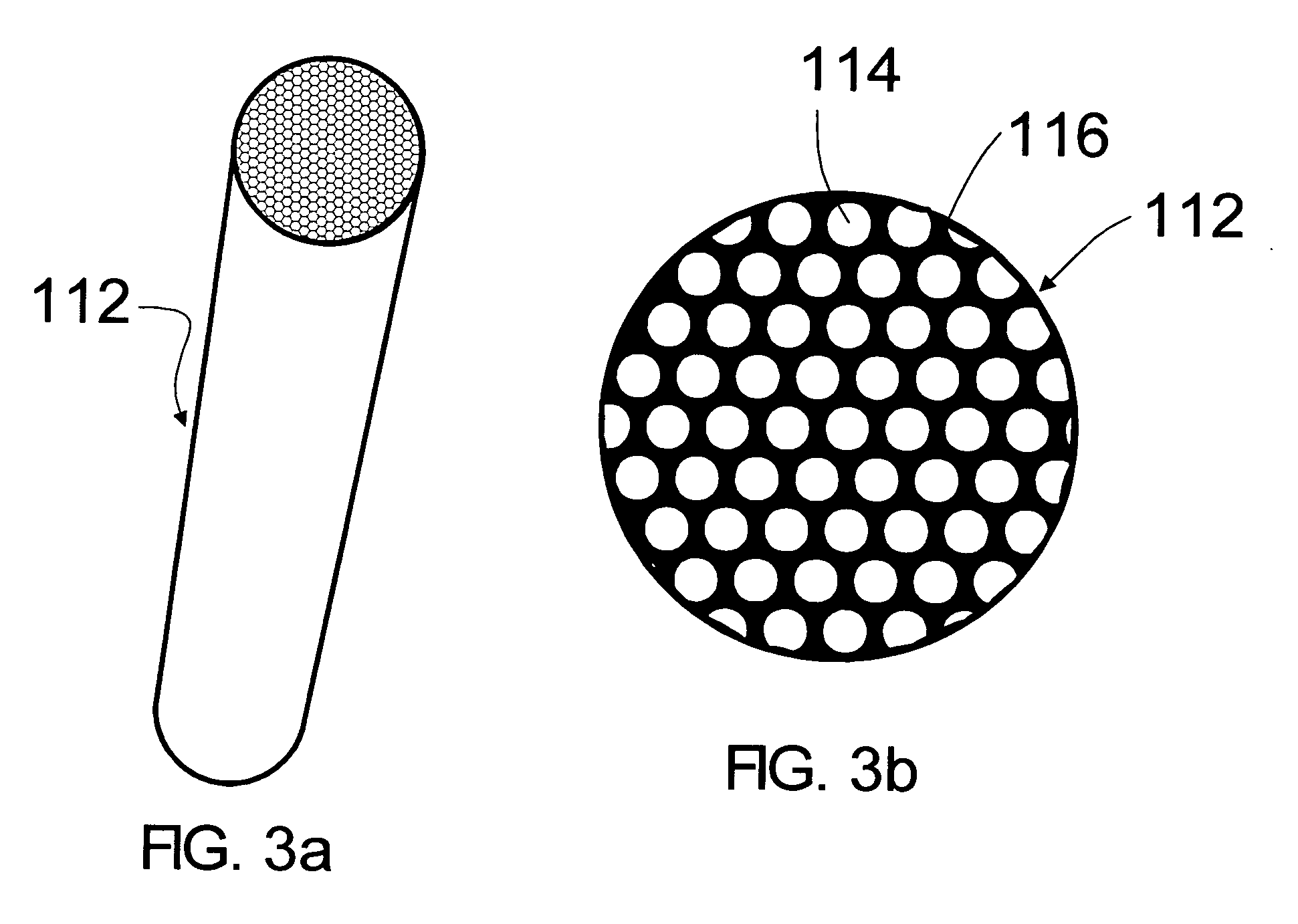Polymer endoscopic shaft
a polymer and endoscope technology, applied in the field of endoscopes and fiberscope shafts, can solve the problems of affecting the evolution of endoscopic evaluation and treatment, affecting the development of endoscopic evaluation, and limited current endoscopic technology, so as to facilitate the placement of lenses and other optics, increase the detail of images, and increase the cost of imaging.
- Summary
- Abstract
- Description
- Claims
- Application Information
AI Technical Summary
Benefits of technology
Problems solved by technology
Method used
Image
Examples
Embodiment Construction
[0076] In the following description, various embodiments of the present invention will be described. For purposes of explanation, specific configurations and details are set forth in order to provide a thorough understanding of the embodiments. However, it will also be apparent to one skilled in the art that the present invention may be practiced without the specific details. Furthermore, well-known features may be omitted or simplified in order not to obscure the embodiment being described. In addition, to the extent that orientations of the invention are described, such as “top,”“bottom,”“front,”“rear,” and the like, the orientations are to aid the reader in understanding the invention, and are not meant to be limiting.
[0077] Briefly described, the present invention provides a polymer common housing having endoscopic elements therein. Example endoscopic elements include, but are not limited to, source light channels (for illumination, hereinafter “light guides”), laser light chan...
PUM
 Login to View More
Login to View More Abstract
Description
Claims
Application Information
 Login to View More
Login to View More - R&D
- Intellectual Property
- Life Sciences
- Materials
- Tech Scout
- Unparalleled Data Quality
- Higher Quality Content
- 60% Fewer Hallucinations
Browse by: Latest US Patents, China's latest patents, Technical Efficacy Thesaurus, Application Domain, Technology Topic, Popular Technical Reports.
© 2025 PatSnap. All rights reserved.Legal|Privacy policy|Modern Slavery Act Transparency Statement|Sitemap|About US| Contact US: help@patsnap.com



